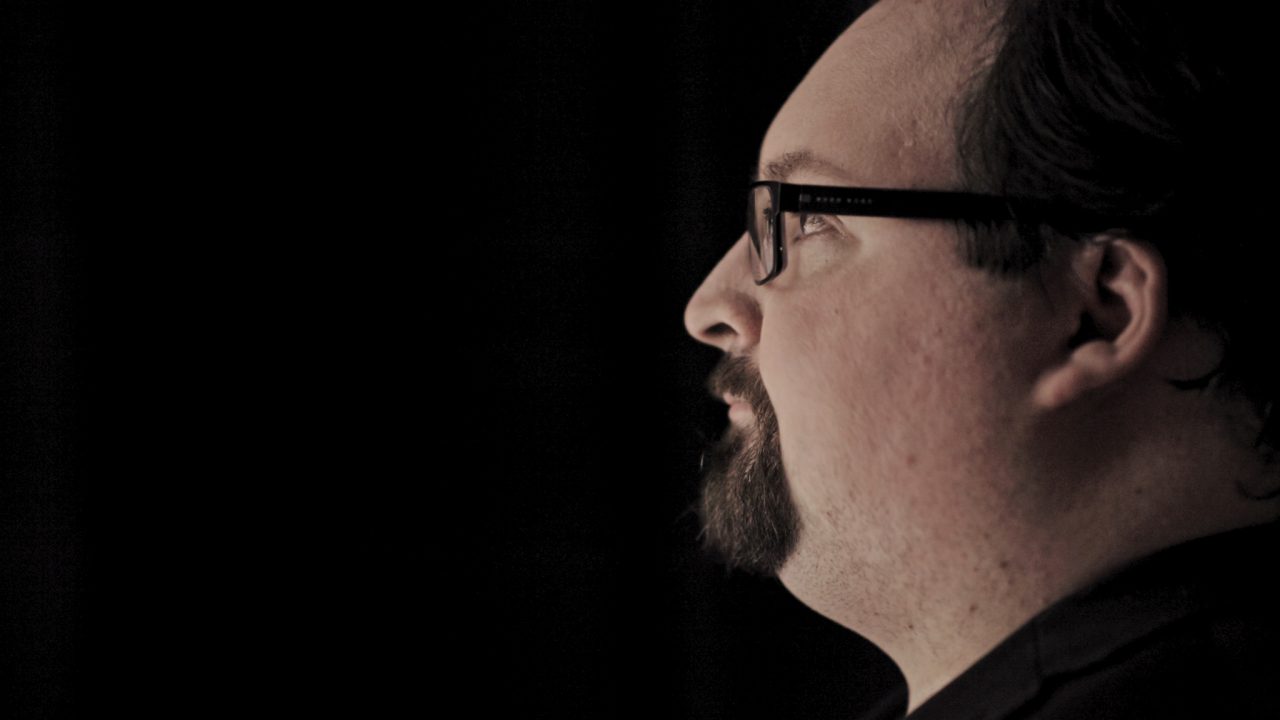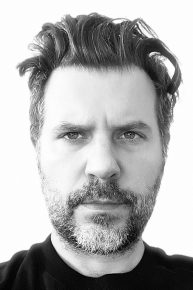
Star Wars Kid: “This is the story of a man marked by an image from his childhood”
Star Wars Kid: “This is the story of a man marked by an image from his childhood”
In 1962, director Chris Marker made a short fiction film entitled La Jetée. It plays like a photonovel: a collage of black-and-white stills, with a simple voiceover on the soundtrack. The anonymous voice begins his story with this sentence: “This is the story of a man marked by an image from his childhood.”
When he was a child, the man in question had been shocked to see a stranger die on an airport observation deck. The film seems haunted by that image, ingrained in the film stock as if imprinted in the protagonist’s memory. We explore the museum of his memories feeling like we are immersed in a fragmented photo album, in a maze with no exit.
La Jetée is one of the works that preoccupied and inspired me while I made the documentary Star Wars Kid: The Rise of the Digital Shadows. In a very literal way, it’s clear to me that, just like Marker’s protagonist, Ghyslain Raza was marked by an image from his childhood. For millions of people all over the planet, his identity is defined by the infamous video that immortalized a two-minute slice of his life.
The thing that spoke to me most, though, is how Marker incites us to reflect on our relationship to memory and its impact on how we perceive the world. In his vaguely futuristic storyline, he even incorporates a mirror game whereby the hero must revisit his past and time-travel into the future to save his present-day existence.
The “Star Wars Kid” video changed Ghyslain Raza’s life. It was posted online without his consent a little over 40 years after the release of La Jetée. Although it originated from an isolated act rather than a process of creative and philosophical reflection, it prompts us to explore much the same ground, that of stories and images that populate our lives and give them meaning—or usurp them.
Overnight, Ghyslain’s digital doppelgänger was drawn out of the shadows and into harsh light. That stolen moment even gave rise to a modern myth that, almost 20 years later, has taken control of part of his life story. That’s why, right from the start, I felt it was crucial that the documentary deal not only with his past, but also—and especially—that it give him the opportunity to focus attention on the man he has now become.
A long time ago, in a restaurant not so far away…
I first met Ghyslain around 10 years ago. My friend Jonathan Trudel, a journalist with L’Actualité magazine at the time, had been in touch with him for a while. It was in a 2013 article by Jonathan that Ghyslain broke his silence for the first time.
That first time we met, in a restaurant in Trois-Rivières, we quickly understood that we would have to be patient. If Ghyslain was going to agree to be involved in a documentary, we’d have to look beyond the anecdotal aspect. If he was going to step out of the shadows and tell his story on camera, it had to serve a purpose. That might seem obvious, but it’s easier said than done. What message should we send? What tone would we adopt? And above all, how would we go about respecting Ghyslain and standing by him in a process that would inevitably put him back in the spotlight? All told, it took about 10 years for the stars to align for us.
Seen from outside, that may seem a tad long. Ultimately, though, that period of maturation allowed a true bond of trust to develop between us. Although those many meetings weren’t captured onscreen, I sincerely believe that the relationship we established is reflected in the authenticity of the flashes of life and conversations that we did shoot.
Right from the beginning of my career, I’ve had opportunities to explore all kinds of sensitive subjects. But I’d never felt responsibility on this scale before. How would I avoid the pitfalls of being too superficial? How would I protect Ghyslain’s integrity and dignity while taking an unflinching look back on a traumatic, humiliating part of his life? How would we return agency over his story without exploiting him? I didn’t find any magic formula. I’m not even sure that we did steer clear of those traps.
The one certainty, though, is that once it came time to start shooting, I had to set my doubts aside. With some degree of naiveté, I decided to trust my instincts. I wanted to bring some light to a dark story—simple as that. Instead of losing myself in a maze of doubt, I decided to live in the moment. The only promise I made to myself was to be able to look Ghyslain in the eye after the film was done. I put together a crew who were steeped in humanity. Best-in-class creators, but people above all, who would be able to capture the great qualities of our protagonist but also his fragility. Really good people.
What I didn’t expect was how much of an impact this film would have on me. I haven’t shut down my social media accounts. And I don’t spend any less time staring at my phone screen every day. Sorry. The change I’m talking about is more of a human than an ideological shift in awareness.

My best memories of the production are the meetings and conversations of the past 10 years. The many evenings that Jonathan, Ghyslain and I spent talking about the project. The authentic, beautiful conversations that form the heart of the documentary. The conversations with the crew, both on location and in the editing room.
The most telling thing for me is that despite differences in their life stories, memories and traumas, people can come together to pool their talents, ideas and sensibilities. They can come together around a goal that’s greater than the sum of its parts. Whether it’s telling a story that isn’t their own or—if the stars align—helping another human being take back control of their story.
Thank you to everyone who believed in this project and helped make it a reality.
Thank you, Ghyslain, for placing your trust in us.
Watch In the Shadow of the Star Wars Kid :
Star Wars Kid: The Rise of the Digital Shadows, Mathieu Fournier, provided by the National Film Board of Canada




Beautifully presented. Worth watching for so many reasons. Thank you for this.